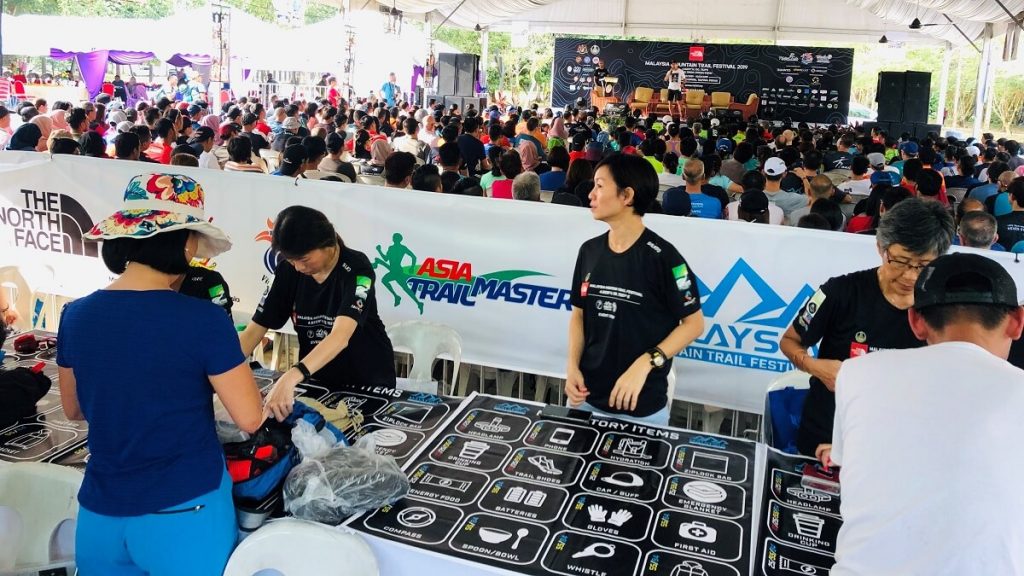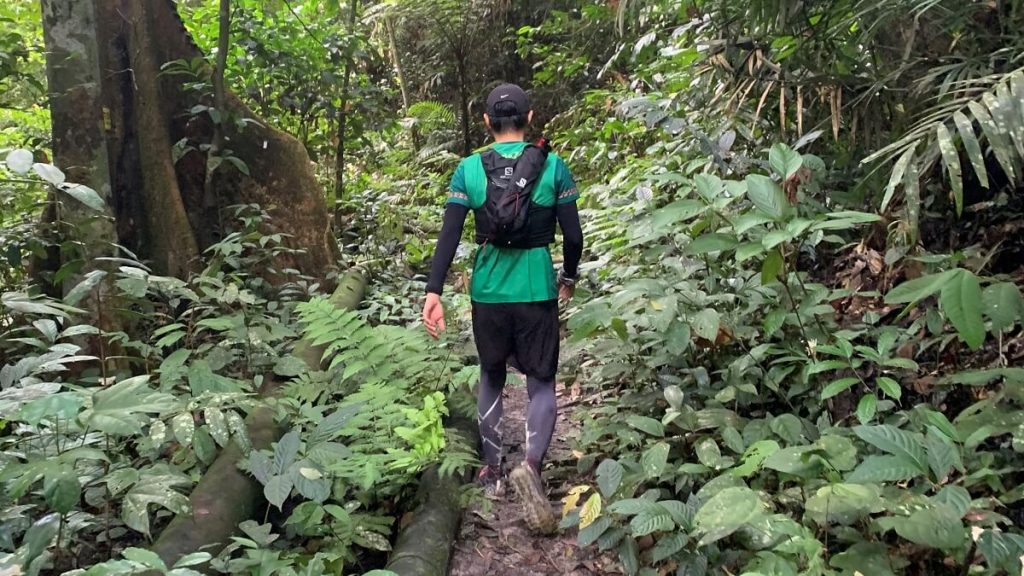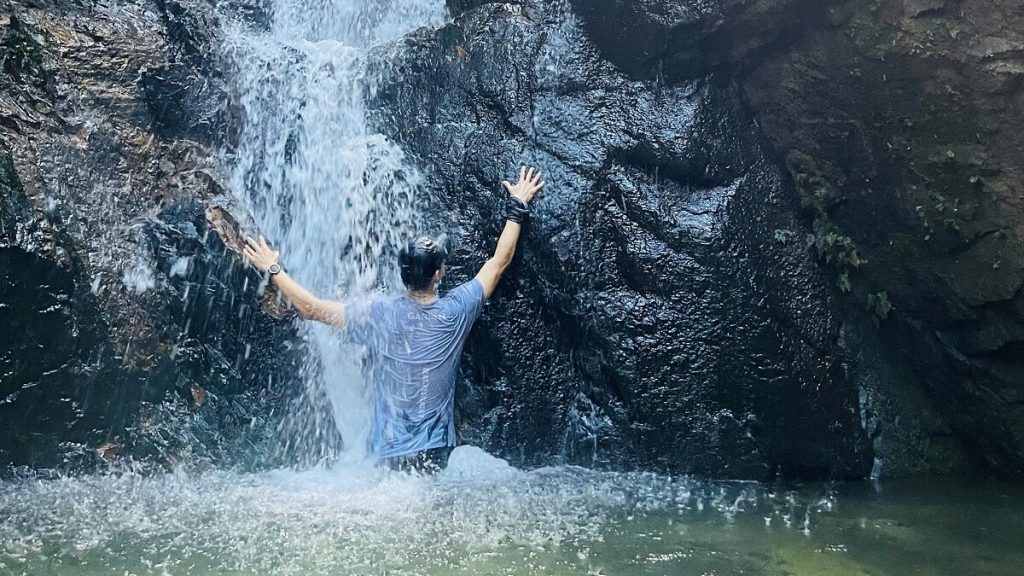If you want to run, run a mile. If you want to experience a different life, run a marathon. But if you want to talk to God, run an ultra! – Unknown
Ever wondered how to start the endurance sport of ultra-running? If this is something that you might be interested in sometime in the near future, read on.

First off, an ultramarathon (fondly called as just – ultra) is essentially race with a distance longer than a marathon (26.2miles/42.2km). Since there is no official limit set on the distance, there are variations of 50km, 100km and 100miles, which are three of the most common ones in competition.
Just in case you are wondering, there are also more extreme (read mad) versions like the 156miles Marathon des Sables in the Sahara Desert, 330km Tor des Géants in Italy, 692km Montane Yukon Arctic Ultra in Canada, amongst the many more crazy events. Here is a list of the world’s toughest races and ultras.
To the uninitiated in the ultra-running world, 50km or 100km of running can be seen as somewhere in between incredible and unfathomable. But as more regular runners venture further in distances, even 100miles are starting to sound less crazy. Someday it may even become normal and turn mainstream.
Depending on race locations, mainstream ultras will take you off roads and shove you into gravel paths, forest trails, river crossings and even mountain passes. That is why they are also know as trail ultras. Personally I have experienced a few entry level trail ultras (50 to 60km). So I know what it takes to prepare for one and what to expect during the race.
You may come from a different stage of fitness. Perhaps you have been running 10km races, half or even the full marathons on the road and you are wondering if the ultras are any different. Trail ultras are different not only in the additional distance, they also come with adventurous terrains and vertical climbs that can pack a big punch.
Training the Body, Mind and Craft
So if you are still with me, there are two main things that you should consider before signing up for an ultra – physical preparedness and mental willingness (Actually there is a third which is not as critical but nevertheless important since an ultra-race can be a long way. I call it craft readiness and it covers clothing, gears and nutrition during the race).
Three things to consider before you sign up for an ultra:
1- Physical preparedness; 2- Mental willingness; 3- Craft readiness
Physically, ultras can be very stressful for your aerobic and muscular-skeletal systems. During the long race, the body will undergo substantial impact forces. Throughout the extended run, your body is fatigued and you are susceptible to injuries. For your body to cope with the demands of an ultra, you will need to commit to consistent trainings. The goal is to train your body to adapt to the loads of a long session. A decent 50km trail ultra will demand off any regular runners more than 10 hours to complete.
Mentally, ultras can be a mixed bag of reasons. There is no right or wrong answer whether one should even bother with running one. The more important thing is for you to think and understand why you want to do this. Does the process of training and its benefits sound fulfilling to you? How does completing an ultra-race fit into the broader picture of your life? In order for you to pull off an ultra, you have to be ready mentally. Ready to be willing to accept and go through the challenges (read suffering) because these races are long, tedious and highly uncomfortable.
If you are still keen to take on a trail ultra one day, I have 4 tips which may be able to point you in the right direction in your campaign for one. I have learned these in retrospect and discovered them through experiences along the way.
1 – Develop a Base
There are no shortcuts, no overnight success and no two ways about it. Like it or not, ultras involve a lot of running. You may not be expected to run all the way but still, there are a lot of grounds to cover even for walking or by hiking.
Unfortunately there is nothing exciting about weeks upon weeks of easing running and cross training. But it is a necessary process to build yourself a strong foundation before you want to tackle harder stuff like running faster or taking on a summit.
Whether you are just starting out or an experience runner, a solid base is important for your body to learn to grow and adapt to more and heavier loads as you progress. Consistent training is necessary to strengthen your muscular-skeletal system to handle the stresses of an ultra.
You shouldn’t just run a few road races and then suddenly decides to tackle a trail ultra. 50km may not sound very much more than a typical road race but if you are running a trail version you had better be prepared with the brutal elevation climbs and drops. You will spoil the experience of an ultra and possibly get cut off from the race (either from throwing in the towel or fail to make it at the checkpoint within the cut-off time).

2 – Build in Progression
While you are building a base, you have to also look at increasing your run volume gradually. Unlike burning the midnight oil the night before your exam, this is simply something you cannot do last minute. Overloading your body over a short period of time can only spell disaster and result in injuries.
Your muscles must be challenged continuously in order for them to develop properly. They will adapt over time to a given load and become more efficient. That is why it is necessary to progress with longer runs, faster intervals, hill climbs and the likes as the muscles strengthen and adapt.
Our body and mind need to be challenged beyond what it is used to doing. We need new stresses and stimulus from increasing workouts to push our body to grow stronger and stretch our mind to become tougher. Training progression however needs to be executed in a sustainable manner to avoid the risk of injuries.
As you train and build your progression, it is also a good time for you to test out your gear. Never wear anything new on race day. Be sure to have tested your racing top, shorts, especially the under-garments to ensure the sizing is right and that they don’t chafe. Test out your favourite pair of socks, otherwise be ready to deal with blisters. Get good shoes that fit you as you will be spending many hours running and walking with them.
Learn how and what you can eat and drink during the race. Work out a fueling strategy. There is such a thing as training your gut for endurance running. Find out what works for you. The last thing you want is gastrointestinal distress during the race.
Find a hydration vest that fits you. There are many options available nowadays but fit and functionality are more important that colour and design. Then there are head lamp, trekking pole, emergency kit, cap, sun glasses, gloves and so many more to think about.
What I am trying to say is that there are a lot of things to learn as you progress in this sport. Everyone is different and we have our own preference as well. The important thing is for you to train the craft and be ready to implement what is suitable for you when the time comes.

3 – Patience is Key
When you start your training you will see some results very quickly. But after a while, your progress will plateau and the gains will slow down. Of course everyone wants to see progress as much as possible with the least amount of work done.
But your body does not adapt to whatever plan you desire. It strengthens gradually at its own time depending on how you train. Recovery is also crucial for performance. This means sleeping well, eating properly and listening to your body to know when you need the rest necessary for adaptations to take place.
The best thing you can do is to train your body from where it is right now and not where you want it to be in a few weeks or months from now. Training consistently on a sustainable manner allows fitness to come naturally and prevents injuries or burnout.
Patience is especially critical for ultra-runners seeking to do it over the long term. It takes years to build the fitness and skills necessary to complete an ultra-marathon strongly. Most people overestimate how much they can improve in the short term but underestimate how much they can improve in the long term. But success for such an endeavour will require patience to maintain a consistent, healthy and sustainable training routine.

4 – Have some Fun
Running and training can be boring if you were to do the same day after day. We have discussed earlier that training for an ultra takes time, patience and most importantly, consistency. If you are not also enjoying yourself in this journey, you will likely drop out of your training very quickly.
If you are not having fun logging in all the miles and benefiting from them, what then is the point of running an ultra? Don’t expect to be excited about every training session, but if you get to a point where you are dreading them, then it may be time to re-evaluate how you are training.
One way to make your journey more interesting is by surrounding yourself with people who will support, encourage and even challenge you in your ultra pursuit. Social exchanges and acceptance among friends with similar aspirations can be a big motivation to keep you going.
Personally I derive a lot of fun and satisfaction from exploring new territories. I like running in new places and visit local landmarks whenever I have the opportunity to travel to another town or city. And if I have the chance and time, I will hit the local trails.
There are so much to see, feel and experience off the beaten track and into the forest. I just love spending time in nature and opening my senses to what the natural surrounding has to offer. These experiences have brought a lot of peace to my well being.

Nevertheless, I am not saying that it isn’t worth doing if you are not having fun. Just deciding to have fun is actually already winning half the battle for something as tough as training and running a trail ultra. Therefore do consciously decide and remake the decision to have fun. And if occasionally things are not going your way, it does not mean that you are failing. It just means that you are building character by persevering and not giving up.
Ultra-running is not about going fast. It is more about being efficient and finishing strong. There is no single or best way to train for an ultra. Each person can succeed through a bunch of different approaches.
So don’t overthink. Find your own approach. On the starting line, be steadfast in your commitment to finish. Most importantly, enjoy the journey.
First shared: 30-Aug-2021